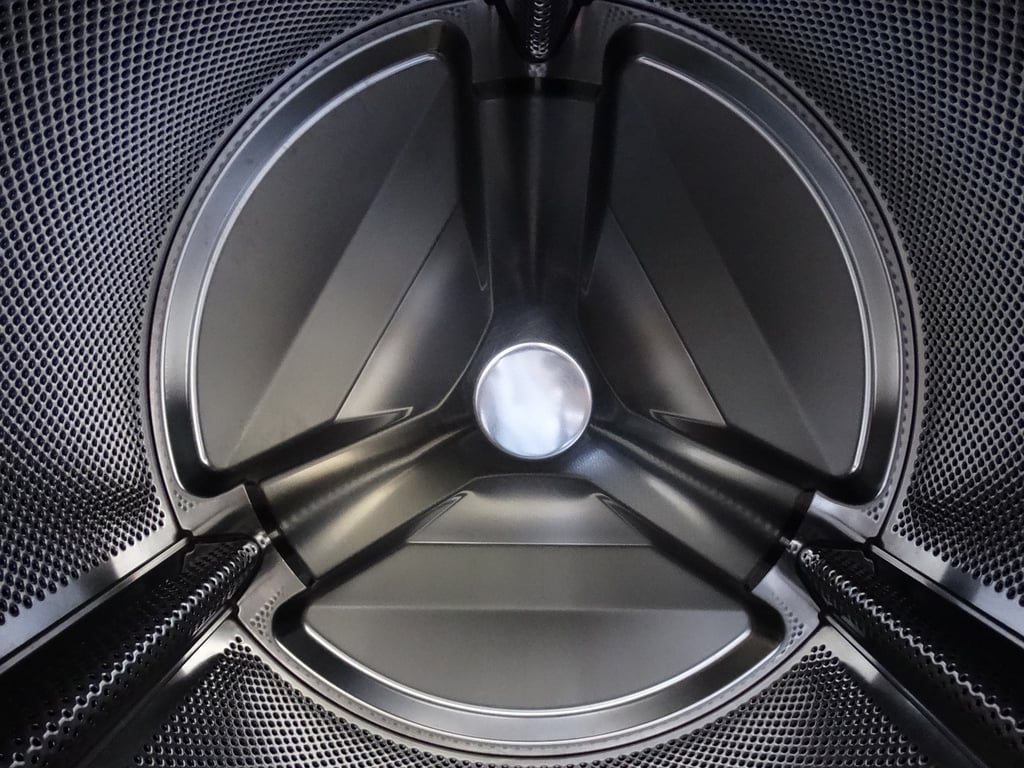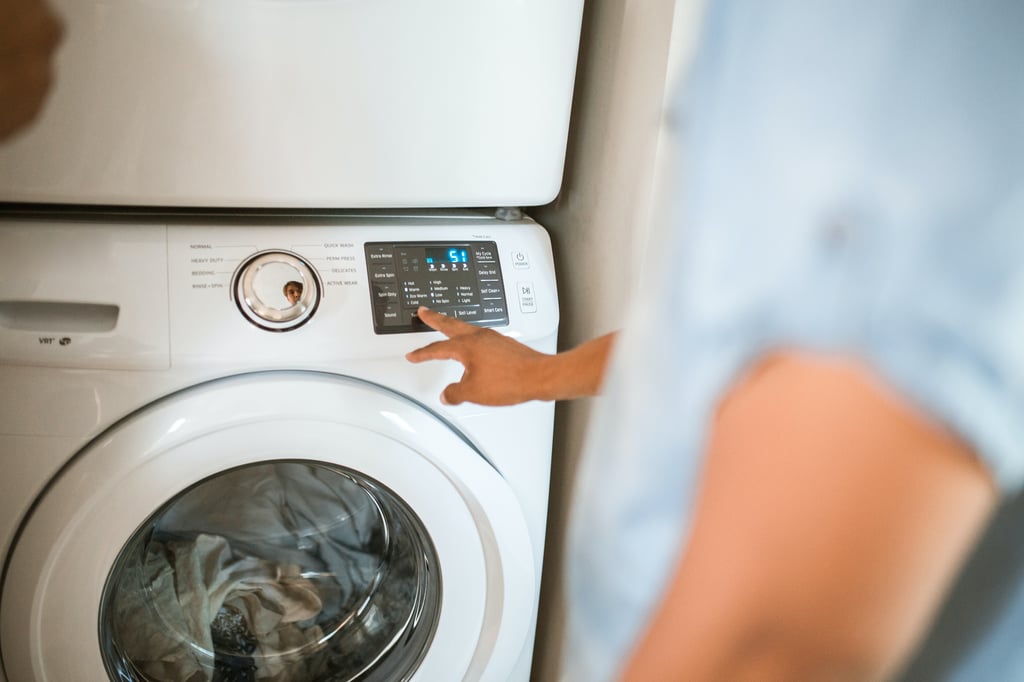Introduction
Refrigerant is an essential component of any car's air conditioning system. However, there may be instances where you need to remove refrigerant from your car without the use of a machine. Whether you want to replace the refrigerant, repair a leak, or perform maintenance on your AC system, this article will guide you through the process of removing refrigerant from your car without the need for specialized equipment.
Gather the Necessary Tools
Before you begin, it is important to ensure that you have all the necessary tools and equipment. While you won't need a machine, you will still need a few items to safely remove the refrigerant:
- Refrigerant Recovery Tank: This is a specially designed container that allows you to collect and store the refrigerant safely.
- Refrigerant Recovery Hose: This hose connects the AC system to the recovery tank and allows the refrigerant to flow.
- AC Manifold Gauge Set: This tool helps you monitor the pressure and temperature of the AC system during the refrigerant removal process.
- Protective Gloves and Goggles: Safety should always be a priority, so make sure you have the appropriate protective gear to avoid contact with refrigerant and other chemicals.
Locate the AC Service Ports
Next, you need to locate the AC service ports in your car. These ports are typically found under the hood, near the AC compressor. Consult your car's manual or do a quick online search to find the exact location of these ports for your specific vehicle. Once you have located them, make sure the engine is turned off before proceeding.
Prepare the Recovery Tank
Before connecting the recovery hose to the AC system, you need to prepare the recovery tank. Attach the recovery hose to the tank, ensuring a secure connection. Make sure the tank is empty and properly sealed. This will prevent any refrigerant from leaking out during the removal process.
Connect the Recovery Hose
With the recovery tank ready, it's time to connect the recovery hose to the AC service ports. The low-pressure service port is usually marked with an "L" or "Low," while the high-pressure port is marked with an "H" or "High." Connect the recovery hose to the low-pressure port first.
Monitor Pressure and Temperature
Once the recovery hose is connected, it's important to monitor the pressure and temperature of the AC system using the AC manifold gauge set. This will help you ensure that the refrigerant is being properly removed. Follow the instructions provided with the gauge set to interpret the readings and make adjustments as necessary.
Remove the Refrigerant
With everything set up, it's time to start removing the refrigerant. Open the valve on the recovery tank slowly to allow the refrigerant to flow into the tank. Keep an eye on the pressure and temperature readings on the gauge set and adjust accordingly. Continue removing the refrigerant until the pressure and temperature stabilize, indicating that the majority of the refrigerant has been removed.
Properly Dispose of the Refrigerant
Once the refrigerant has been removed, it is crucial to dispose of it properly. Refrigerant is considered hazardous waste and should never be released into the environment. Check with your local authorities or recycling centers for proper disposal methods. Failure to dispose of refrigerant correctly may result in environmental damage and legal consequences.
Conclusion
While removing refrigerant from a car without a machine may require some additional effort compared to using specialized equipment, it is still possible to do so safely and effectively. By following the steps outlined in this article and using the necessary tools, you can successfully remove refrigerant from your car's AC system. Remember to prioritize safety and proper disposal to protect both yourself and the environment.
Relative Articles
-
Washing Machine Hacks: No More Tangled Clothes

-
How to Clean a GE Deep Fill Washing Machine

-
How to Clean a Public Washing Machine Before Use

-
What is the Drum of a Washing Machine?

-
How to Keep Washing Machine from Freezing in Garage

-
How to Run Washing Machine Drain Outside

-
How Many Amps Do Washing Machines Use?

-
How to Tell If Your Washing Machine Control Board Is Bad



